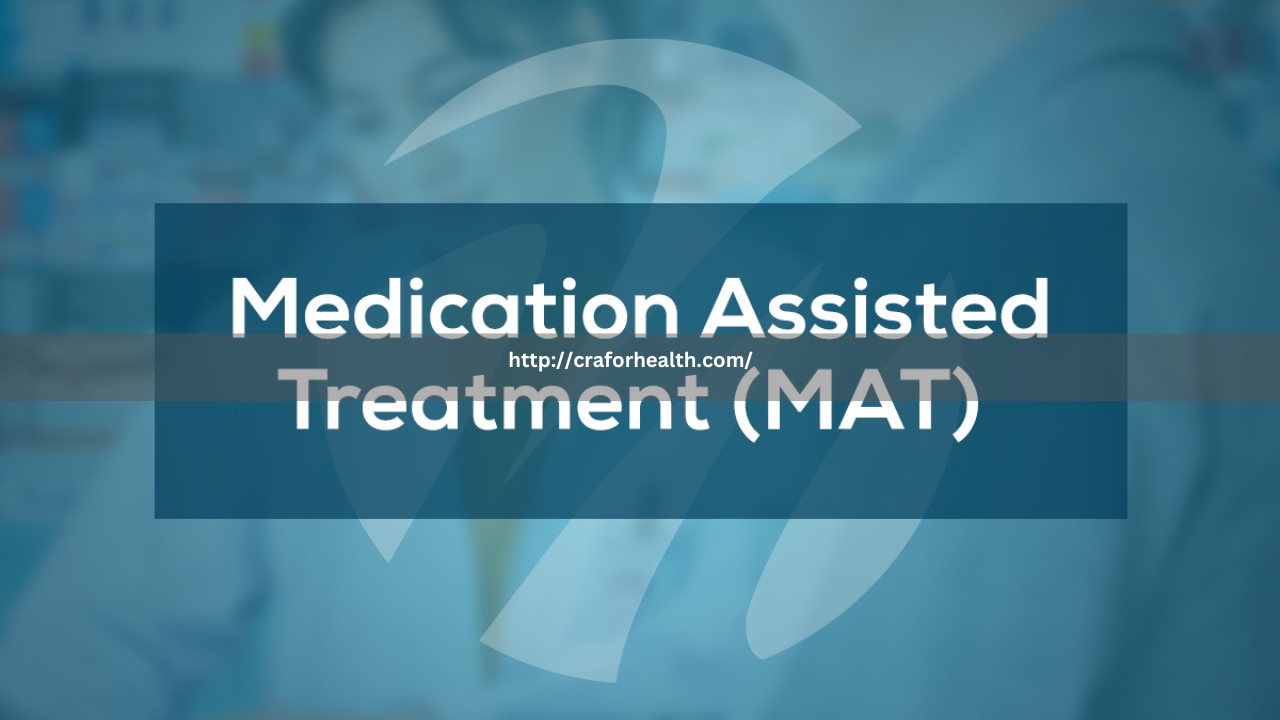Opioid addiction is one of the most challenging substance use disorders to overcome, affecting millions of individuals worldwide. Traditional abstinence-based approaches often lead to high relapse rates due to severe withdrawal symptoms and intense cravings. Medication-Assisted Treatment (MAT) has emerged as a highly effective strategy for opioid recovery, combining FDA-approved medications with counseling and behavioral therapies. This approach not only reduces withdrawal symptoms but also stabilizes brain chemistry, allowing individuals to focus on long-term recovery.
What Is Medication-Assisted Treatment (MAT)?
MAT is a comprehensive treatment approach that uses medications to help individuals reduce or stop their opioid use while receiving therapy and support. The goal of MAT is to normalize brain function, prevent relapse, and improve overall well-being. Unlike outdated misconceptions that MAT simply “replaces one drug with another,” research has shown that these medications help restore balance to the brain’s reward system, allowing for a smoother recovery process.
Common Medications Used in MAT
Three primary medications are approved for treating opioid use disorder (OUD):
1. Methadone
Methadone is a full opioid agonist that binds to opioid receptors, preventing withdrawal symptoms and reducing cravings without producing the same high as illicit opioids. It is dispensed through licensed treatment programs and has been used successfully for decades.
2. Buprenorphine (Suboxone, Subutex)
Buprenorphine is a partial opioid agonist, meaning it activates opioid receptors but to a much lesser degree than heroin or fentanyl. This reduces cravings and withdrawal symptoms while lowering the risk of misuse and overdose. Unlike methadone, buprenorphine can be prescribed by qualified healthcare providers, increasing accessibility.
3. Naltrexone (Vivitrol)
Naltrexone is an opioid antagonist, meaning it blocks opioid receptors entirely. It does not reduce withdrawal symptoms but prevents opioids from producing euphoric effects. This medication is best suited for individuals who have already detoxed and are committed to remaining opioid-free.
Why MAT Is a Game Changer
1. Reduces Overdose Risk
MAT significantly lowers the risk of fatal opioid overdoses by stabilizing brain function and reducing the likelihood of relapse. Research shows that individuals on MAT have a much lower mortality rate compared to those who attempt abstinence alone.
2. Improves Retention in Treatment
Many individuals struggle with staying in recovery due to severe withdrawal symptoms and cravings. MAT helps ease this process, increasing the likelihood of long-term treatment engagement. Studies show that patients receiving MAT are more likely to remain in therapy compared to those receiving only counseling.
3. Restores Brain Chemistry
Chronic opioid use alters brain structure, making it difficult for individuals to experience pleasure naturally. MAT helps regulate brain chemistry, allowing patients to regain emotional stability and focus on recovery without constant cravings.
4. Supports Holistic Recovery
MAT is most effective when combined with behavioral therapies, counseling, and peer support. It provides individuals with the stability needed to address underlying issues such as trauma, mental health disorders, and social factors contributing to addiction.
Addressing the Stigma Around MAT
Despite its proven effectiveness, MAT still faces stigma from those who believe recovery should be entirely drug-free. However, medical experts and organizations like the National Institute on Drug Abuse (NIDA) and the World Health Organization (WHO) recognize MAT as a gold standard in opioid addiction treatment. Education and advocacy are essential to breaking the stigma and increasing access to life-saving treatment.
Conclusion
Medication-Assisted Treatment has revolutionized opioid recovery by reducing withdrawal symptoms, preventing relapse, and improving treatment retention. By combining FDA-approved medications with therapy and support, MAT provides individuals with a scientifically backed path to long-term recovery. As more people gain access to MAT, the fight against the opioid crisis becomes stronger, offering hope and healing to those struggling with addiction.
